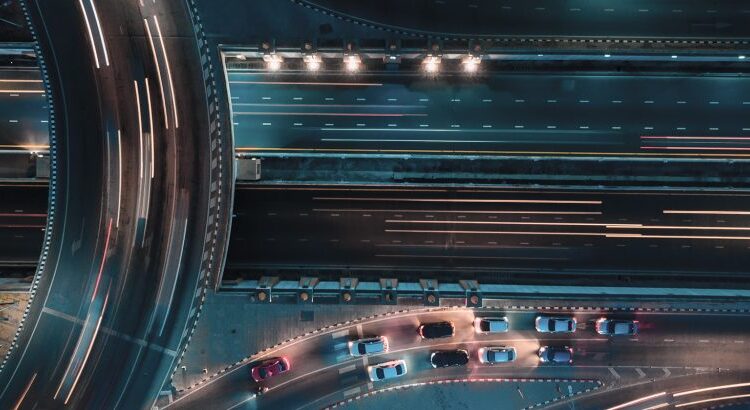EN


If you think about it, we have been using autonomous vehicles for years. You probably only have to go as far as your nearest airport to see the proof. The commercial aircrafts being boarded will spend most of the journey flying on autopilot. And depending on the airport, the shuttles transporting people to the planes could very well be driverless. Some people even have self-driving vehicles navigating around their homes – in the shape of robot vacuum cleaners.
But in terms of autonomy, the ultimate prize has yet to be claimed. In a world of autonomous vehicles – the personal car is the holy grail. In recent years, the development of autonomous cars has evolved into a full-fledged race, with car manufacturers investing immense amounts of time and money into getting to be the first to make an age-long dream come true.
But how close are we really to seeing roads filled with self-driving cars? Let’s take a closer look at how far development has come and when, if ever, fully autonomous cars will be ready to take their place on the throne.
Believe it or not, but the first step towards autonomous cars might have been taken over 500 years ago, by Leonardo da Vinci. In a sketch from the late 1400s, he designed a cart built around a large coiled clockwork that would allow the cart to move without being pushed or pulled. But as far as we know, his self-driving cart was never actually built.
Fast forward a few centuries. The last hundred years has seen many experiments with autonomy, and exactly when and where the first self-driving car was developed is really a matter of definition.
But a big step forward was taken when the first autonomous car system using neural networks was created by researchers Dean Pomerleau and Todd Jochem at Carnegie Mellon University in the early 90s. And in 1995, their Navlab drove coast-to-coast from Pittsburgh to San Diego, with its inventors only controlling the vehicle’s speed and braking.
But the autonomous cars developed by researchers or automotive pioneers have been far from commercially available for personal use. Up until very recently, the self-driving car was either subject to science fiction novels or research experiments. It was only about 20 years ago that cars at Level 1 autonomy with park assist or adaptive cruise control functions started popping up in the premium segment. But in the last decade, car manufacturers have put in a higher gear and development seems to be picking up speed in a way we’ve never seen before.
If you like to keep up with automotive news, you’ve likely seen a growing number of innovative car manufacturers trying to break each other with bold statements about when they are planning to put driverless cars on the market. The timeline given is usually within just a few years. But for all the ambitious promises of OEMs, most of the cars we see on the roads are still limited to Level 1 automation.
Meanwhile, a fair amount of new car models are earning the definition semi-autonomous. These include Level 2 autonomous functions, like automatic steering, acceleration, braking and speed maintenance. The problem is that several of these models are sometimes labeled as autonomous, giving drivers a false sense of security and causing them to lose focus behind the wheel. As long as the systems require an attentive driver to be able to regain control of the car at any moment, driver monitoring systems should count as a mandatory feature in order to keep semi-autonomous cars safe. And from the looks of it, semi-autonomous cars will dominate the market for a long time to come.
Truth to be told, there is no saying when fully autonomous personal cars will be available for mass-production. Some even claim it’s a question of “if”, rather than “when”. But with so many world-leading car manufacturers and developers deeply invested in making the dream a reality, it’s getting easier to imagine a not-so-distant future where fully autonomous cars rule. So, what would that future look like?
First of all, most people probably wouldn’t own a car. Instead, we would be getting where we need to go by ordering a driverless transport car – smoothly taking us from point A to point B while giving us the opportunity to answer a few e-mails, read a book or take a nap. Meanwhile, the reduced number of cars would have a positive impact on the environment by both reducing CO2 emissions and allowing for greener, less car-oriented urban areas. But perhaps most importantly, a world with driverless cars would eliminate the risk for human error when driving. This would most likely be enough to avoid 90% of car accidents – saving the lives of millions.
But if there’s no need for a human driver, is there really a need for a driver monitoring system? Well, yes. But its main purpose would shift from making sure the driver is engaged, to creating an overall better cabin experience. Driver monitoring systems will evolve into interior sensing systems, with the ability to recognize and cater to the passengers’ moods and needs.
